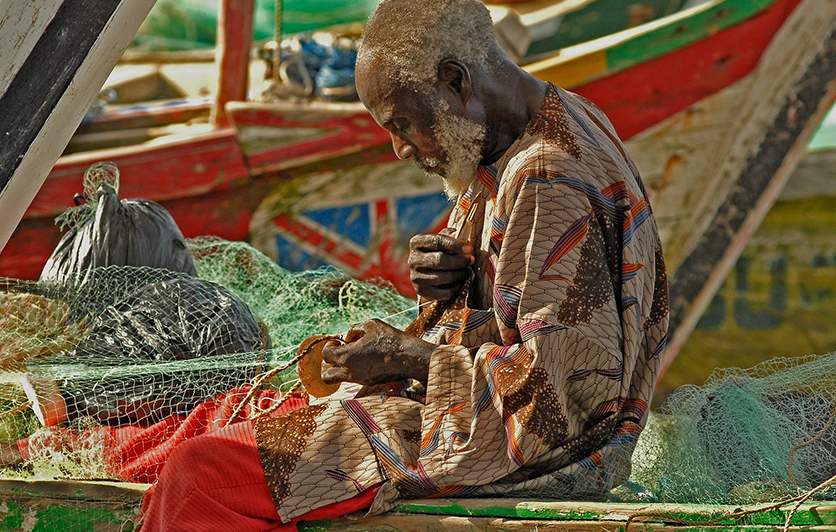-
Home
- Home Marita Cornejo
- Marita Cornejo

Marita Cornejo
?I am Marita Cornejo. I was born in 1989, in the beautiful province of Arequipa, Peru, a land blessed by its splendid geography and beautiful cities. From the Colca valley, with its terraces and its colonial churches, to its snow-capped mountains, which enclose the Misti volcano, it is imposing from wherever it is seen.<br><br>
?I would like to tell you that I am a very cheerful woman. I really like to laugh and enjoy the simplest things; my family, nature and my work. I have the joy of being able to find happiness in everything I do, every day. I enjoy sharing happiness with the people around me, be it with my family, friends or in my work. Another characteristic of my personality is that I am optimistic. In the face of any situation or difficulty, I like to see the positive side of it. I am convinced that if we face our problems with a good face, we are being part of the solution and not of the problem. I like to think that we have no limits and that we must always face our fears. <br><br>
?But above all, I consider myself a super responsible woman. When I commit to doing something or fulfilling a goal, my efforts and energy are focused on what I have to do.
Like everyone, I have gone through difficult times. One of them was moving to the great capital of Lima. This was due to a job improvement. I love my job and when the opportunity to move presented itself, I did not hesitate for a minute. However the collateral effects implied being away from my family, my parents, my sisters, my little nieces. It was very hard being away at first, getting used to a big new city all alone. I come from a very homelike family, and it was very difficult to get used to. <br><br>
?I come from a very united and conservative family. Leaving my family in my hometown to develop in the field that interests me was my first difficult moment. At that time I worked in a family business where the owner was a very aggressive macho man. I did not feel good about myself or have the strength to report it. More than once I considered going home and returning to my comfort zone. However, I did not do it. I left that job to start my own company, and today I am proud that I did not give up my dream, because I feel that it has already begun to come true. <br><br>
?I remember that when I was a child, around 4 or 5 years old, my parents took me to an animal fair and the alpaca was on display among several animals. My mother asked me to caress one of them so she could take a photo. As soon as I touched it, I was fascinated by its softness. I remember thinking that it was a friendly little animal, very docile. I liked being there, playing with my fingers between her fur. That year we returned to the fair about 3 times so that I could visit the alpacas. I will never forget how happy I felt there, caressing a cute <i>alpaquita</i>. Since then, whenever I had the opportunity, I went to farms or fairs to be able to see them again. <br><br>
?However, it wasn't until just before I finished college that I was invited to work for a textile company. As soon as I visited the factory and touched the fiber again, I was transported to that time I was at the fair. I fell in love with my work, now with a better understanding; not only of the noble animal and its fiber, with all the pleasant properties that make it one of the best fibers. But also because of the historical legacy we receive from alpaca and textiles in Peruvian history. <br><br>
?When we had just started working together with our artisans and we were in our first sales and promotion campaign, COVID-19 arrived. Due to the level of uncertainty in the market and perceived by our target customers, we were unable to reach the volumes we had projected. Along with the restrictions, our biggest challenge was to support our artisans during the first 4 months. They were the most affected, since they work day to day and were without income. That is why we launched solidarity product campaigns that allowed them to work from home on basic products and that we promoted through social networks. They were very well received, and that allowed us to be supportive. <br><br>
?What I like most about my art is the infinity of possibilities, of being able to play with colors, textures and designs. What I find most challenging in my art is reaching out to people who do not yet know the alpaca fiber. I am passionate about alpaca because I consider it the best animal fiber--ideal to use in autumn, and in winter it heats up super fast and keeps you at a warm temperature. I always recommend having an alpaca garment because it is soft, fine, delicate, light, hypoallergenic and does not itch. It has a long life, it is easy to care for and it has a variety of properties that make it ideal to acquire. In addition to that, when you buy one of our garments, you are supporting all the families involved in its production. And you are part of the historical legacy that we must preserve, since alpaca textile art has existed since Inca times, where only the Inca family and royalty could wear alpaca in their clothes. <br><br>
?For the future, our goal is to consolidate ourselves as a conscious and sustainable Peruvian brand. One of the sustainable bases of our products is the use of Peruvian deadstock yarn (detailed below) and we aim to use at least 90% deadstock yarn. Likewise, we hope to be able to welcome more Peruvian weavers into our group of artisans, provide them with a fixed income to help improve their living conditions. We want to generate support programs to be able to provide them with different types of advice so that they can develop skills, get psychological support and access education and healthcare. And finally, we hope to be recognized for our unique design styles, high quality material and products made fairly by Peruvians. <br><br>
?Our purpose is to use mainly luxury natural materials that are Peruvian: baby alpaca and fine merino wool blends; and for the spring/summer season, organic cotton. We acquire very good quality yarn that is part of the dead inventory of other companies and workshops in the field. Through this practice we seek to make a circular economy and reduce the current environmental impact of the industry. <br><br>
?I like my art because I consider it as part of a Peruvian cultural heritage that must be preserved and re-transmitted to the world, adapted to today's trends. The most challenging thing today is to make designs that are timeless, that allow the person who wears it to feel comfortable and at ease. And that is a practical garment, easy to use and care for so that it has a long life. <br><br>
?I am looking for artisans who are honest and willing to work. The most important thing for me is to be able to work with artisans with whom we can forge a long-term relationship based on honesty, and thus be able to have a relationship of mutual trust. The honesty of an artisan allows him to communicate any problems that may arise or in case of any delay in production. In addition, I seek that the artisan feels free to be able to offer his ideas. I consider that artisans from their experience have a lot to contribute, improvements to recommend and corrections they can make. <br><br>
?My greatest source of inspiration turns out to be nature. I have been very privileged to have been born in such a magical place, full of exotic and dazzling landscapes that take your mind and your imagination to all limits.
?Thanks to the great Novica family for this opportunity.?


